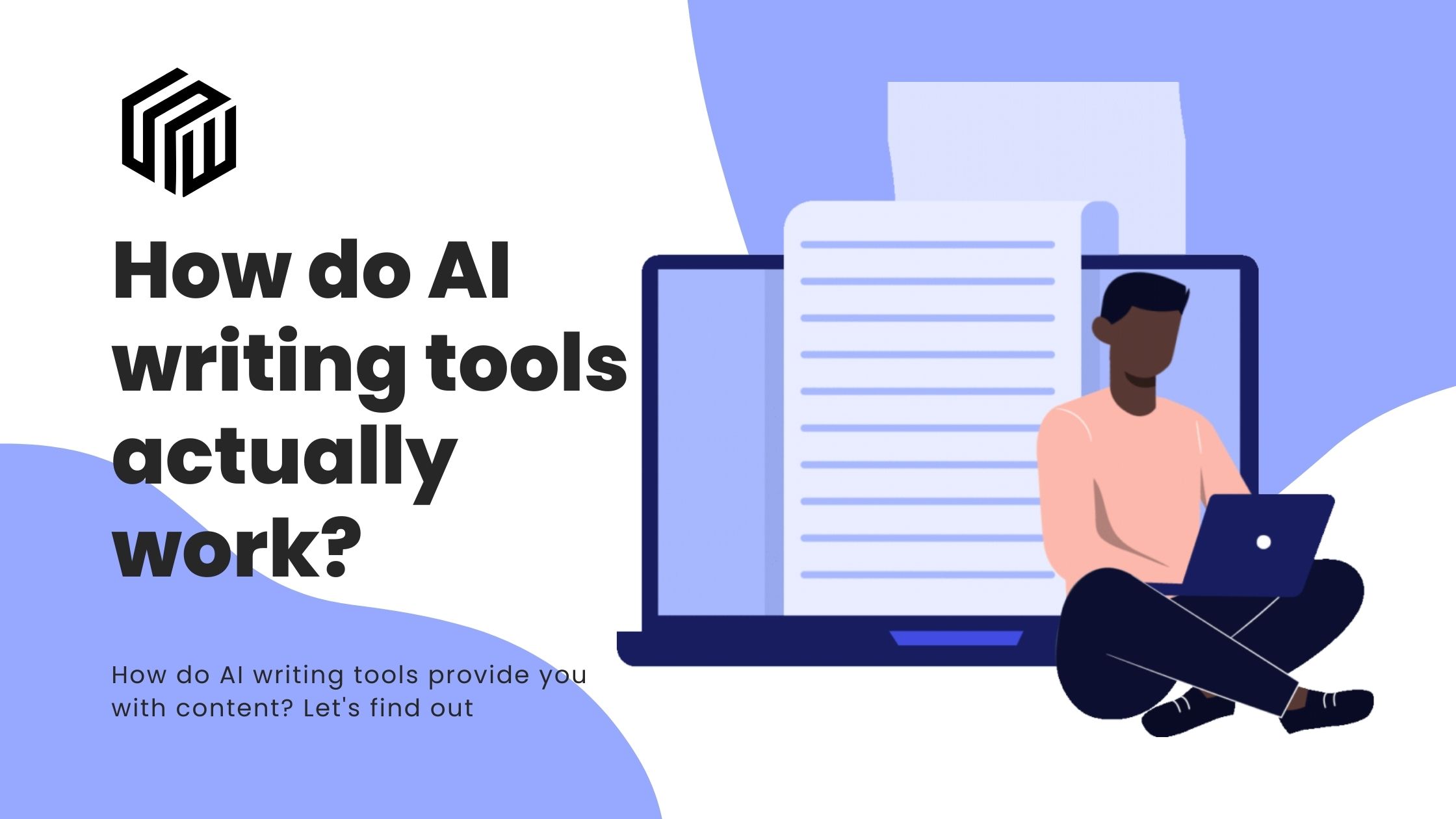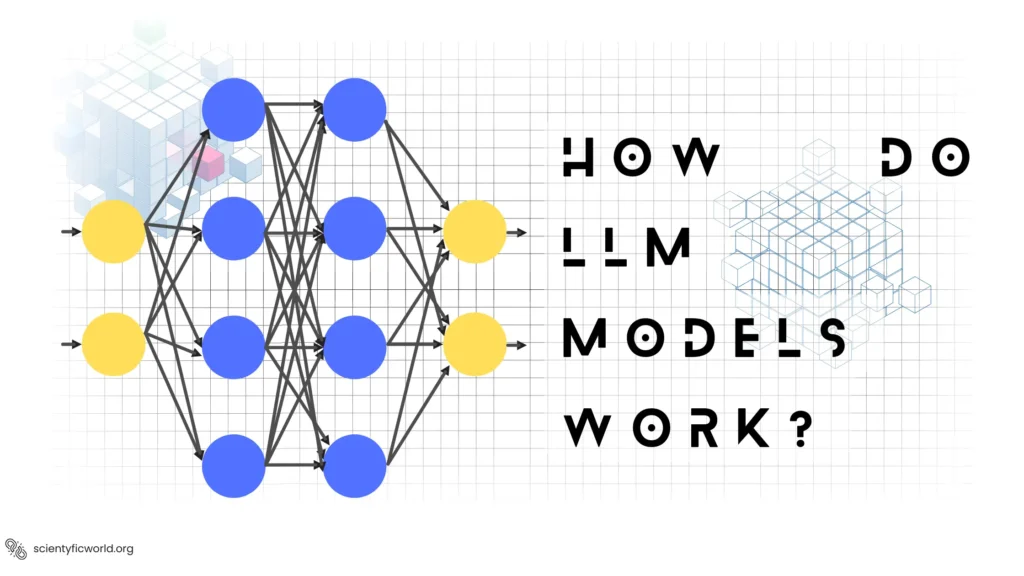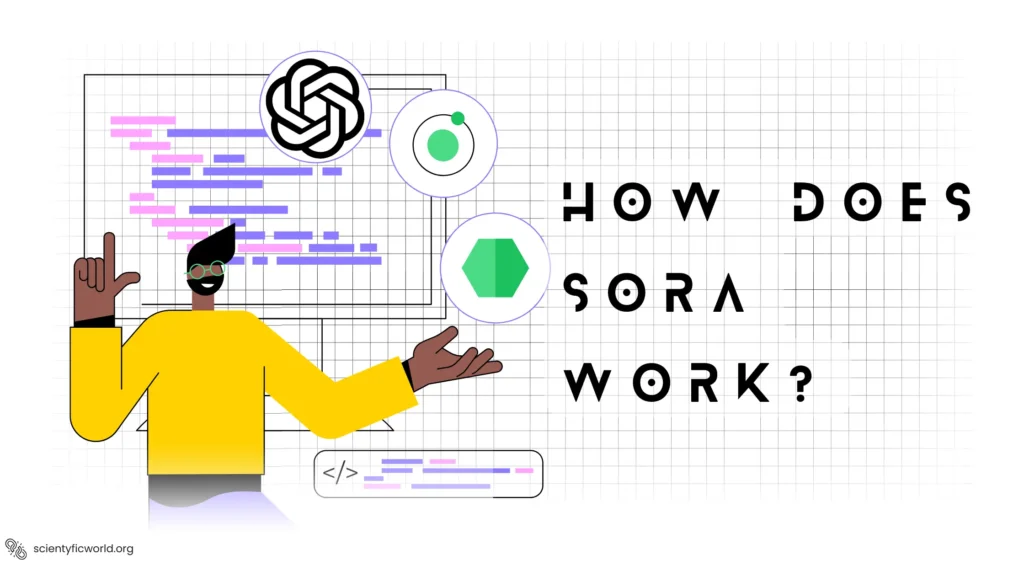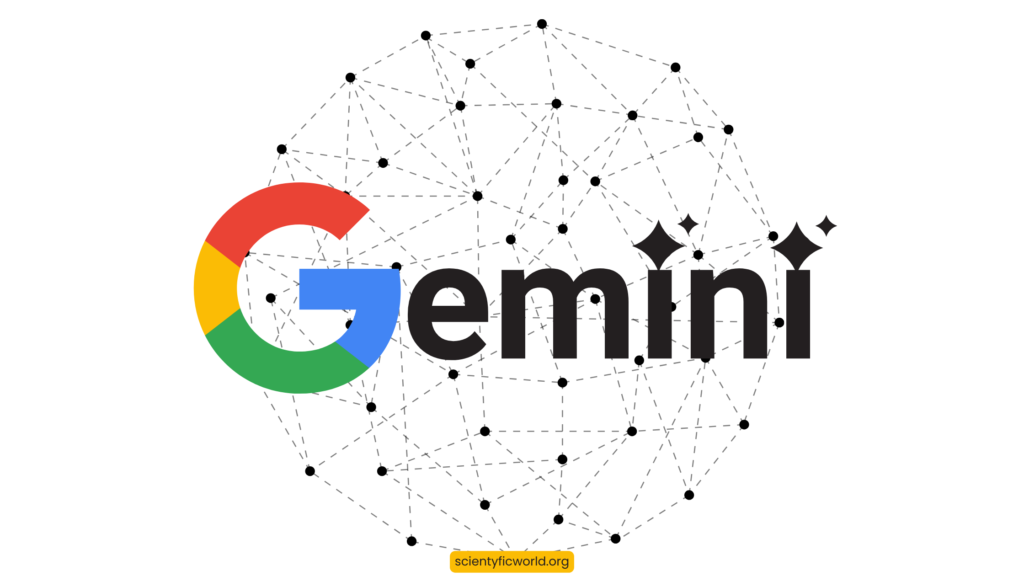Follow Us:
How do AI writing tools actually work?

Technological advancements have made it possible for machines to generate human-like content. AI writing tools are now capable of producing error-free articles, stories, and even poems. But how do they actually work?
In this article, we’ll take a look at how AI writing tools actually work. We’ll also discuss the benefits and limitations of using these tools.
What is an AI writing tool?
AI writing tools are software applications that use artificial intelligence (AI) technology to generate texts. These tools are also sometimes referred to as AI content generators or AI content writing tools.
There are a number of AI writing tools available on the market. Some of the more popular ones include GPT-3, OpenAI, and Botnik.
Now GPT-3 is one of the most popular technologies that is used to generate content, image and other things.
In June 2017, Google released the paper “Natural language processing (almost) from scratch” (hereinafter “the Google paper”), authored by Tom B. Brown, Benjamin Van Roy, Slav Petrov, Alec Radford, and Pieter Abbeel. The Google paper proposed a model for end-to-end natural language understanding, called the Generative Pretrained Transformer 3 (GPT-3).
The GPT-3 model is a transformer-based machine learning model that uses a deep neural network to generate text. The model is trained on a large corpus of text, such as the Google Books corpus or the English Wikipedia. The GPT-3 model can be used for various tasks such as machine translation, text summarization, and question answering.
The GPT-3 model is based on the Transformer model proposed in the Google paper. The Transformer model is a deep neural network that uses an attention mechanism to learn the relationships between words in a text. The GPT-3 model extends the Transformer model by adding a generative pretraining objective. The generative pretraining objective is to learn a probability distribution over a set of text sequences.
The GPT-3 model is pre-trained on a large corpus of text using the generative pretraining objective. The GPT-3 model is then fine-tuned on a specific task, such as machine translation, using a task-specific objective.
The GPT-3 model has been shown to outperform the Transformer model on several natural language understanding tasks. For example, the GPT-3 model achieves a new state-of-the-art result on the English-to-German machine translation task.
The GPT-3 model is also being used by Google Research to improve the Google Translate service. Google is using the GPT-3 model to improve the quality of Google Translate’s machine translation.
The GPT-3 model is open source and is available on GitHub.
What are the benefits of using an AI content generator?
There are a number of benefits to using an AI content generator, including:
- Increased efficiency: AI content generators can create content much faster than a human can, meaning that you can generate large amounts of content in a short period of time.
- Reduced costs: AI content generators can create content for a fraction of the cost of hiring a human writer.
- Increased accuracy: AI content generators can create highly accurate content, as they are not subject to human error.
What are the drawbacks of using an AI content generator?
There are a few drawbacks to using an AI content generator, including:
- Limited creativity: AI content generators can only generate text that is similar in style and meaning to the original prompt. They cannot generate truly original content.
- Limited understanding: AI content generators can only generate text based on what they have been programmed to understand. They cannot generate text based on their own understanding of the world.
- Dependence on data: AI content generators require a large amount of data in order to generate accurate content. If you do not have access to a large amount of data, then your content may not be as accurate as you would like.
How do AI writing tools work?
AI writing tools work by taking a set of input data and using it to generate text that is similar to the input data. The generated text is often human-like and can be used for a variety of purposes, such as creating articles, stories, or poems.
To generate the text, AI writing tools typically use one of two methods: rule-based methods or statistical methods.
Rule-based methods
Rule-based methods involve the use of a set of rules that are defined by the user. These rules are then used to generate the text.
One of the advantages of rule-based methods is that they can produce text that is very similar to the input data. However, the downside is that the rules can be difficult to define and the text can be repetitive.
Statistical methods
Statistical methods, on the other hand, do not require the use of rules. Instead, they rely on statistical models to generate the text.
Statistical models are able to learn from data and can generate text that is more natural and diverse than text generated by rule-based methods. However, the downside is that statistical models can be more difficult to train and can take longer to generate text.
The most probable way an AI writing tool creates a copy:
Now, let’s see the steps which an AI follows while writing a copy or any other thing like that. Although I’m not an expert here is what I’ve found from some sources.
- Idea Generation
The first step in AI writing is idea generation. The AI needs to come up with an idea for a piece of writing, just as a human writer would. This can be done in a number of ways, including:
- Reading a set of instructions or prompts and generating ideas based on those
- Analyzing a set of data and generating ideas based on that
- Searching for and reading a set of related articles or documents, and generating ideas based on those
- Outline Creation
Once the AI has generated some ideas, it needs to create an outline for the piece of writing. This outline will serve as a roadmap for the rest of the writing process.
- Draft Creation
With the outline in hand, the AI can start creating a draft of the piece. This draft will be rough and will likely need some revision, but it will give the AI a starting point.
- Revision
After the AI has created a draft, it will need to revise that draft. This revision process can involve:
- Making sure the draft is on topic and covers all the points from the outline
- Making sure the draft is well organized
- Making sure the draft is free of errors
- Making sure the draft is clear and concise
- Final Copy
Once the AI has revised the draft, it will have a final copy of the piece. This final copy can then be published or otherwise made available to readers.



